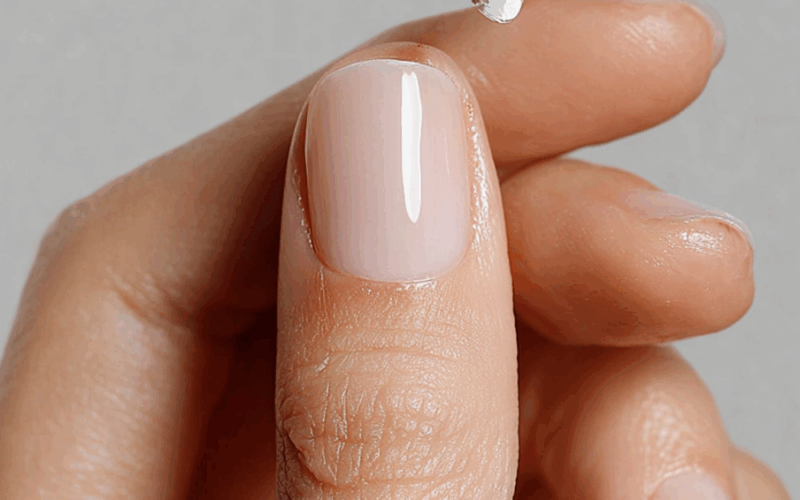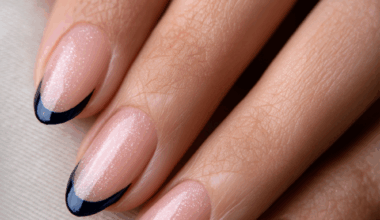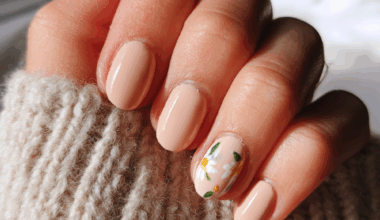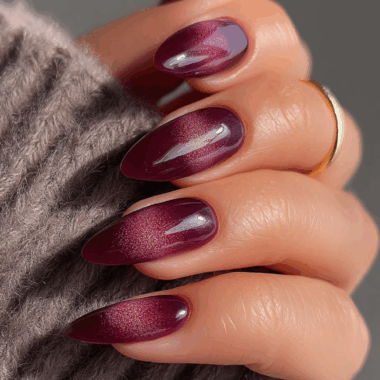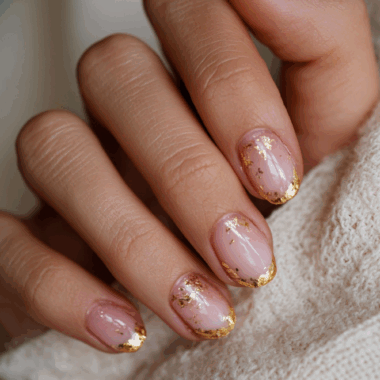Cold air, indoor heating, and low humidity wreak havoc on nails and cuticles. Even the strongest manicure can quickly chip, peel, or become brittle once temperatures drop. That’s why winter nail care is more than a beauty routine — it’s a protective ritual for your nail health.
When your hands are exposed to dryness, your nails lose flexibility and natural oils. The result? Breakage, rough cuticles, and polish that won’t last more than a few days.
The good news: with the right seasonal adjustments, you can maintain smooth, hydrated, chip-resistant nails all winter long.
1. Hydration Is Everything
Just like your skin, nails need moisture to stay resilient. Dehydrated nails are more likely to crack or flake, which leads to chipping and other problems later.
How to Hydrate Effectively:
- Apply a nourishing cuticle oil twice daily. Look for ingredients like jojoba, vitamin E, and sweet almond oil.
- Layer on a hand cream after every wash — ideally one with ceramides or shea butter.
- Keep a small moisturizer by your sink and one in your bag.
Pro Tip: Massage oil into your nails before bed to improve overnight absorption and lock in moisture while you sleep.
2. Avoid Overwashing and Harsh Soap
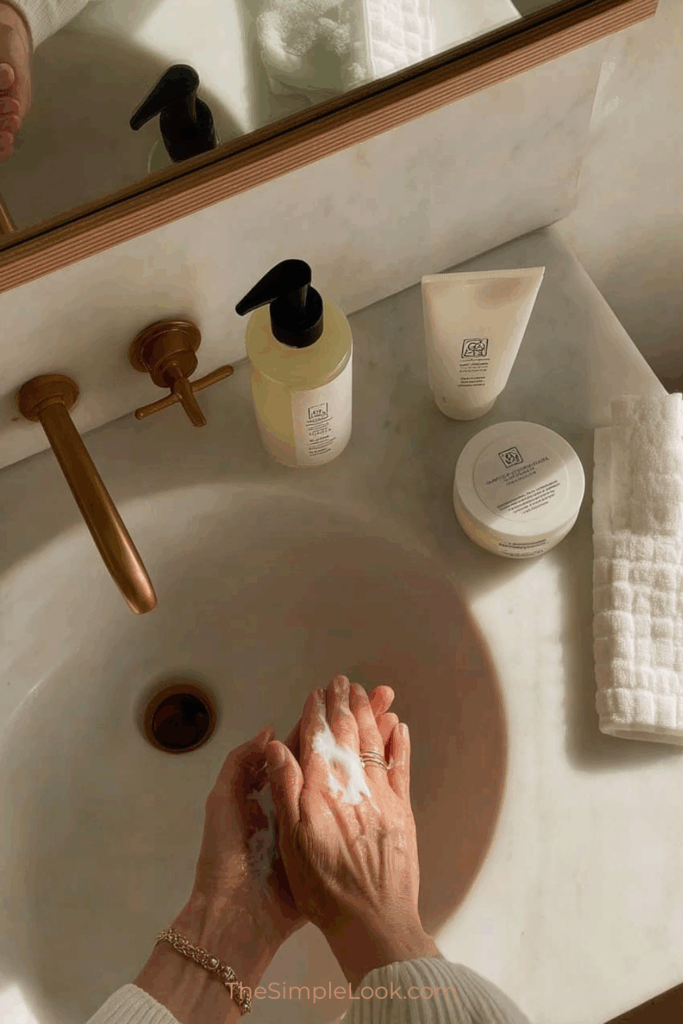
Frequent handwashing, though necessary in winter, strips away natural oils. Combine that with antibacterial soaps, and your nails can quickly dry out.
Winter Nail Care Solution:
- Use a gentle, moisturizing hand wash.
- Always rinse with lukewarm water — hot water dehydrates both skin and nails.
- Pat dry instead of rubbing your hands harshly with a towel.
Keep a small cuticle balm near your sink and apply immediately after washing. This creates a seal that locks in moisture.
3. Always Use Gloves Outdoors and Indoors
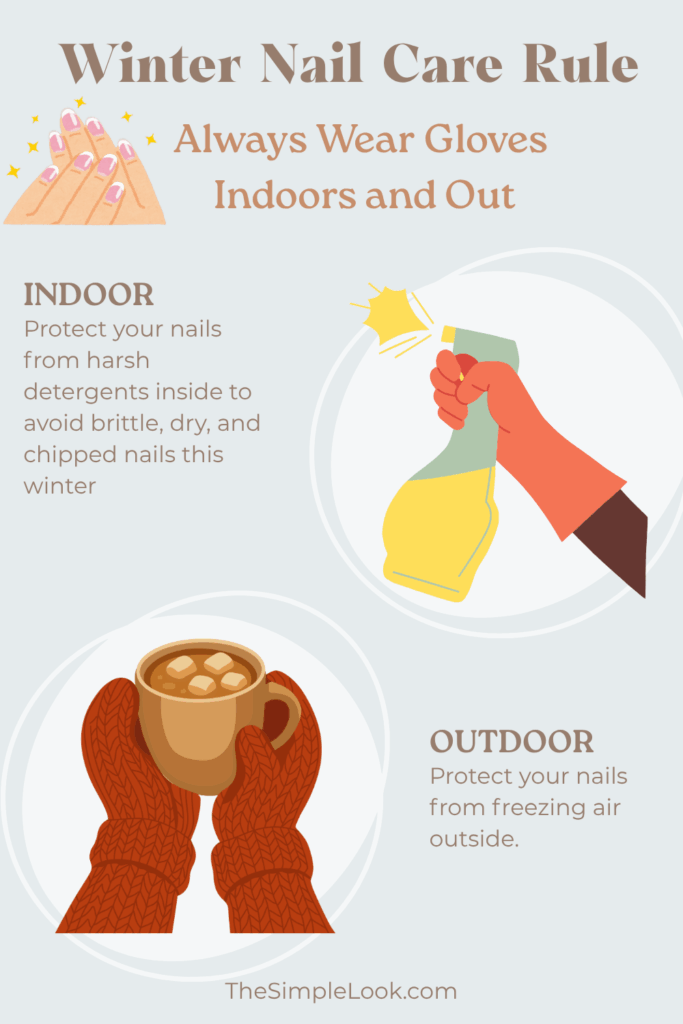
Protecting your hands from cold air and water exposure is one of the easiest ways to preserve nail health.
Wear Gloves:
- Outside: Choose insulated gloves or mittens to keep nails from becoming brittle in freezing temperatures.
- Inside: Use rubber gloves when cleaning or washing dishes to prevent polish lifting and cuticle dryness.
Exposure to detergents and water breaks down the keratin layers in your nails — gloves are your first defense against that damage.
4. Buff Gently, Not Aggressively
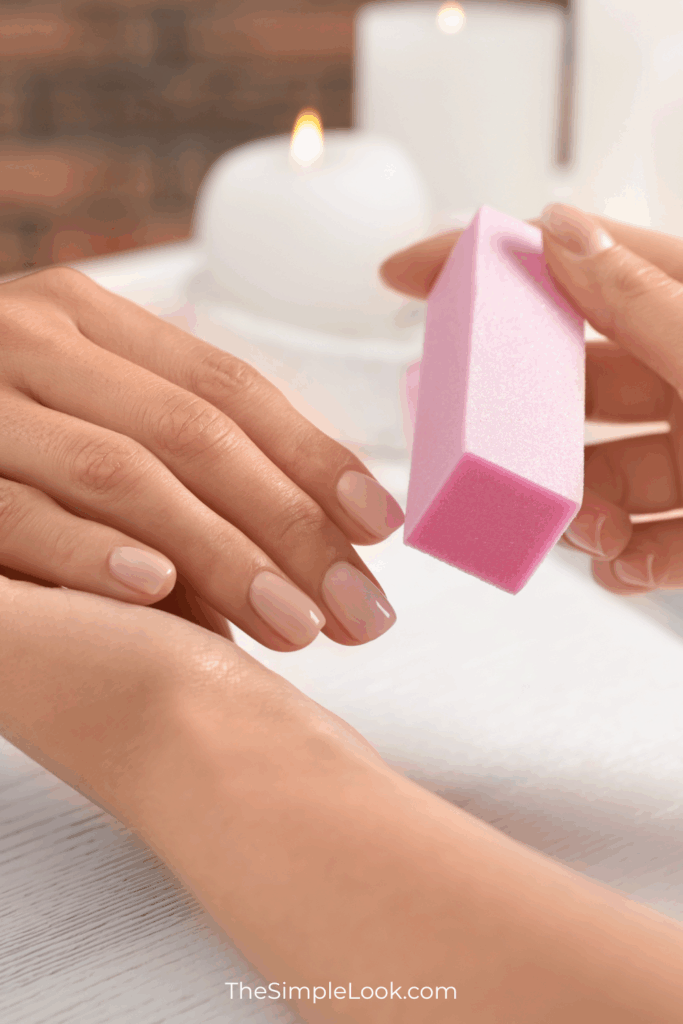
Buffing can create a smooth, glossy finish — but too much pressure weakens the nail surface, especially during dry winter months.
Healthy Buffing Routine:
- Use a soft, four-sided buffer.
- Buff only once a week and avoid “over-shining” the surface.
- Follow with a hydrating base coat or nail serum.
The goal is to smooth imperfections, not thin the nail plate. Over-buffing removes protective layers, leading to peeling and breakage.
5. Keep Nails Shorter in Winter
Long nails are more likely to snag, chip, or break when they’re dehydrated. A shorter shape reduces pressure on the nail bed and helps maintain manicure health longer.
Recommended Winter Shapes:
- Rounded or soft square edges prevent corners from catching on fabric.
- File in one direction using a 180-grit file to prevent micro-fractures.
Keeping nails shorter also allows moisture and oils to penetrate more evenly across the nail plate — a win for both strength and appearance.
6. Strengthen from the Inside Out
Winter is a great time to nourish your nails from within. Your diet directly affects your nail health — if your nails are brittle or dry, you might need more protein, zinc, and omega-3 fatty acids.
Nutrition Checklist for Nail Strength:
- Protein: Eggs, lentils, chicken, and fish.
- Healthy Fats: Avocados, chia seeds, walnuts.
- Biotin & Collagen: Supplements can improve nail flexibility and reduce peeling.
Hydration Reminder: Even in winter, drink plenty of water — nails need internal hydration just as much as external.
7. Always Use a Base and Top Coat
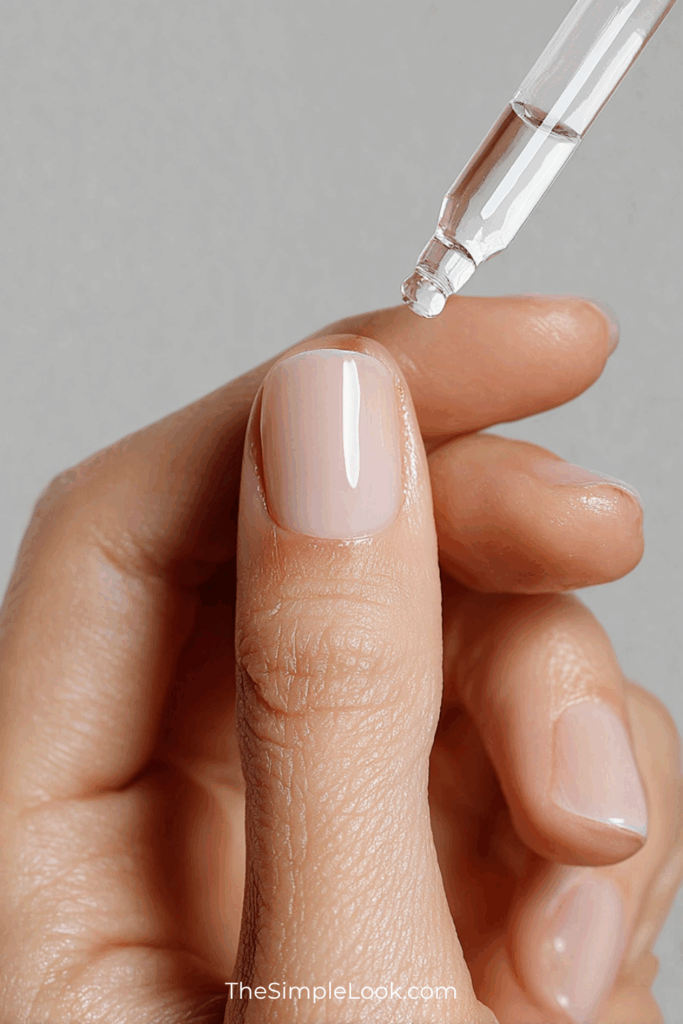
Skipping your base or top coat is a shortcut that can cost you polish longevity. Both layers serve protective functions crucial for chipping prevention.
Base Coat Benefits:
- Creates a barrier between your natural nail and pigment.
- Seals moisture in and prevents staining.
- Smooths texture for longer wear.
Top Coat Benefits:
- Adds gloss or matte finish while sealing the polish.
- Shields against water and friction damage.
- Extends wear time by up to a week.
For winter manicures, use rubberized base coats or gel-effect top coats that add flexibility to prevent cracking when nails bend.
8. Skip Acetone-Based Polish Removers
Acetone is highly effective but also highly drying. In cold weather, it can strip nails of essential oils and leave cuticles rough and peeling.
Gentler Alternatives:
- Look for acetone-free removers with glycerin or aloe.
- Soak cotton pads instead of dipping fingers directly.
- Wash hands immediately after removal and reapply cuticle oil.
Bonus: Non-acetone removers are safer for gels and overlays, minimizing peeling at the edges.
9. Don’t Forget Regular Cuticle Care
Cuticles are your nails’ natural barrier — ignoring them can lead to inflammation, hangnails, and polish chipping.
Winter Cuticle Care Routine:
- Apply oil or balm daily.
- Never cut cuticles — gently push them back after a warm soak.
- Use a soft towel or wooden stick for shaping.
- Apply a thick layer of balm before bed as an overnight treatment.
When cuticles stay soft and intact, polish adheres better and looks cleaner — key for maintaining that “just-done” look all season.
10. Schedule Regular Manicure Maintenance
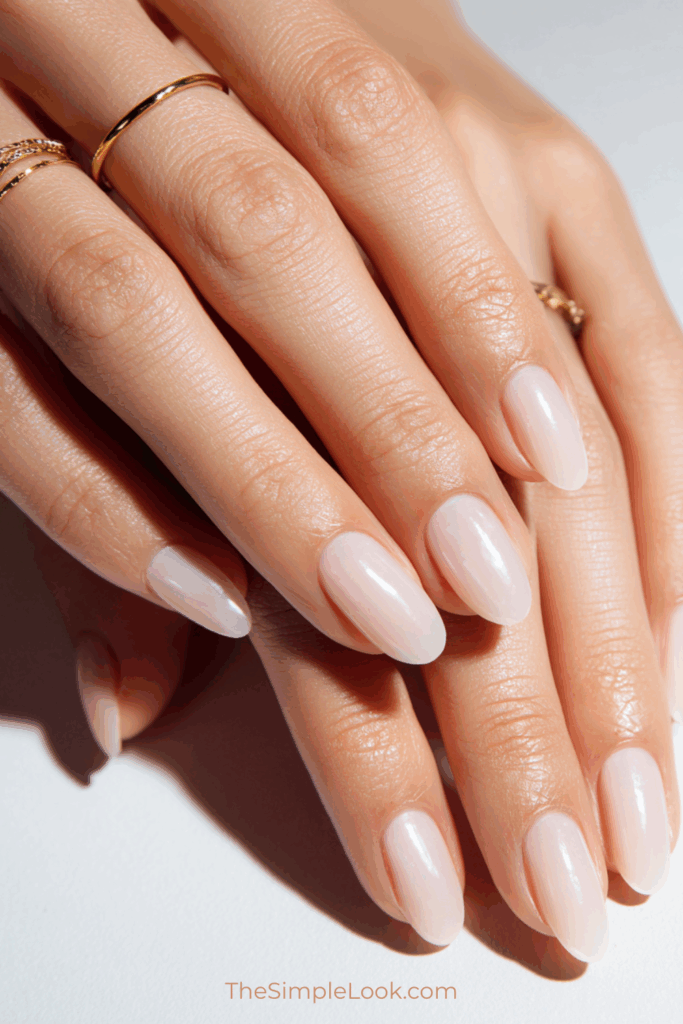
Even with at-home care, regular touch-ups prevent long-term damage. A consistent routine allows you to monitor nail texture, hydration, and strength throughout winter.
Maintenance Schedule:
- File and reshape every 5–7 days.
- Reapply topcoat mid-week to prevent chipping.
- Moisturize and oil cuticles daily.
If you visit a salon, request gentle nail prep and moisturizing soaks instead of harsh acetone or electric filing. Your nail technician can also recommend strengthening overlays suitable for dry winter months.
Bonus Tip: Overnight Nail Masks
One of the newest trends in winter nail care is the overnight nail mask — a nutrient-rich cream or oil designed to repair and rehydrate nails while you sleep.
How to Use:
- Massage a thick layer of cuticle butter or nail mask into your hands and nails.
- Slip on cotton gloves to lock in warmth and product absorption.
- Wake up to smoother cuticles and visibly healthier nails.
The Winter Nail Care Routine Summary
- Hydrate daily with oils and creams.
- Avoid overwashing and hot water.
- Protect with gloves indoors and out.
- Buff and file gently.
- Keep nails shorter for strength.
- Support nail health through nutrition.
- Never skip base and top coats.
- Use acetone-free removers.
- Care for cuticles daily.
- Maintain a consistent manicure schedule.
Healthy nails in winter are not just possible — they’re achievable with mindful care, small daily rituals, and product discipline.
By treating your nails like skin, you preserve their flexibility and shine — making every manicure last longer, look smoother, and resist chipping no matter how cold it gets.
